London
THEN AND NOW People and Places

London
THEN AND NOW People and Places Frank Hopkinson and Juliette Boulouis
CONTENTS
Introduction
Then and Now books are a fairly straightforward concept: take an interesting vintage photo, go back to the same spot and photograph what is on the site today. The photographers of the nineteenth century were never that keen on having many people in their photographs. Plate cameras with long exposures would create ghostly images of pedestrians who attempted any kind of movement. Thus many of the early images of Londons buildings have very few people in them, with a few spectres lurking at the fringes. With the increase in film speeds, and hence camera shutter speeds, the ability to catch the population of London going about its business became a much simpler exercise. In this latest book from the Then and Now series, there has been a concerted effort to get people in the vintage pictures.
Occasionally, there are famous faces, such as Rolling Stone Brian Jones leaving the West London Magistrates Court, as well as anonymous ones, like the porters around Smithfield, Billingsgate and Covent Garden markets. The aim was also to present historic images from many different eras, so a group of punks loitering on the Kings Road are not too far away from the preparations for James Abbott McNeill Whistlers funeral in Cheyne Walk, Chelsea.  The west front of Horse Guards Parade, Westminster, c. 1860. A crowd gathers round the Cadiz Memorial, an artillery piece on a pedestal. The process of photographing the book has brought about many discoveries.
The west front of Horse Guards Parade, Westminster, c. 1860. A crowd gathers round the Cadiz Memorial, an artillery piece on a pedestal. The process of photographing the book has brought about many discoveries.
The grand Columbia Market building in Bethnal Green was opened in 1869, demolished in the late 1950s, but the original gates (see ) next to Columbia Market Nursery School are still standing, and the vantage point taken by the Victorian photographer across the road and on the first floor steps of an imposing Victorian tenement can still be matched. The scale of redevelopment of the City of London has been so extensive that any hope of finding the row of shops at 45, 46 and 47 Aldgate High Street appeared pretty slim, but they were still there (see ); a rare island of Victoriana holding out against the march of concrete, steel and glass. Many of Londons older buildings have been returned to their original guise having spent decades with subsequent additions. Kings Cross Station and St. Pancras have had well-publicised rehabilitations, but in the 1960s the view of the Royal Naval College from the Observatory in Greenwich used to look down on allotments, not parkland. Go further back in time and the First World War image of Royal Engineers gives a view similar to today with tended paths and grassland, in the foreground at least.
The rising towers of Canary Wharf beyond show the seismic change that has taken place in the Isle of Dogs. Assembling the book involved a certain amount of detective work, too. There was an intriguing black and white news photo from 1913 of a smouldering Kew Gardens teahouse burned down by suffragettes. Where was this Edwardian purveyor of Darjeeling and Lapsang souchong exactly? The photo, as you can see on , has a big clue: the position of the eighteenth-century Pagoda along with what looks like a cedar tree to its right. When there is major building work, although grand former structures will get razed entirely, often the road infrastructure around them remains the same. New buildings more often than not are put on the footprint of the old, just as properties in the city were rapidly rebuilt after the Great Fire to avoid the changes sought by Christopher Wrens new plan for London.
The Pavilion Restaurant at Kew is built exactly where the old immolated teahouse stood. To the right of the Pagoda there is a cedar tree which, very satisfyingly for the amateur sleuth, looks 100 years older. As in many of the images, tree growth is a major obstacle to recreating the exact angle that the old photographer chose. London today is a much greener city than it was in the past and with photos such as the West Ham Technical Institute image on shows that the original Piccadilly Circus was formed by the junction of Piccadilly and Lower Regent Street, right outside Lillywhites. In 1885 a whole block of buildings was removed to create the space now occupied by the statue of Eros, which itself has changed positions since its unveiling. In compiling the photos for this book, we have tried to avoid sites that have been bulldozed out of existence, with no point of reference to the original photo.
The National Film Theatre (left) built on the Southbank for the Festival of Britain was an image that ultimately proved impossible to match up. It can be seen at the top left of the aerial photo on and was demolished to make way for the Shell Centre. The turreted Victorian building to the left of this 1957 image still stands on the corner of Stamford Street, but there is now an office-block-turned-apartment-block where the photo would be taken from; just one of the many challenges for the Then and Now photographer attempting to link past with present.  Nelsons Column, Trafalgar Square, 1908
Nelsons Column, Trafalgar Square, 1908 

 Trafalgar Square, 1960
Trafalgar Square, 1960 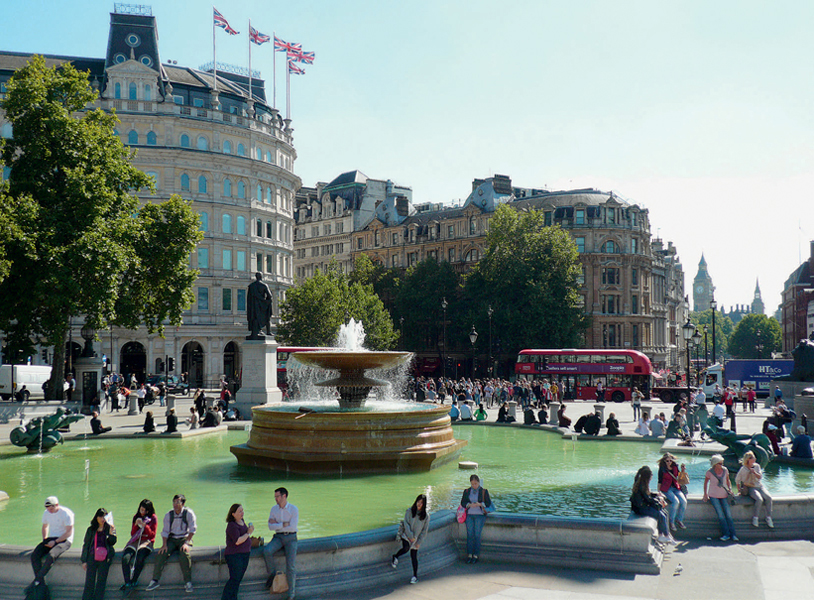
 Trafalgar Square, 1960
Trafalgar Square, 1960 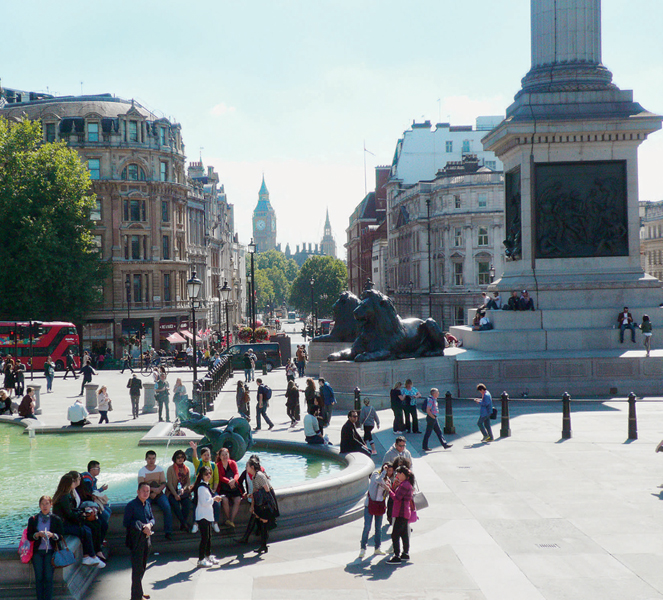
 Trafalgar Square looking towards Whitehall, 1948
Trafalgar Square looking towards Whitehall, 1948 
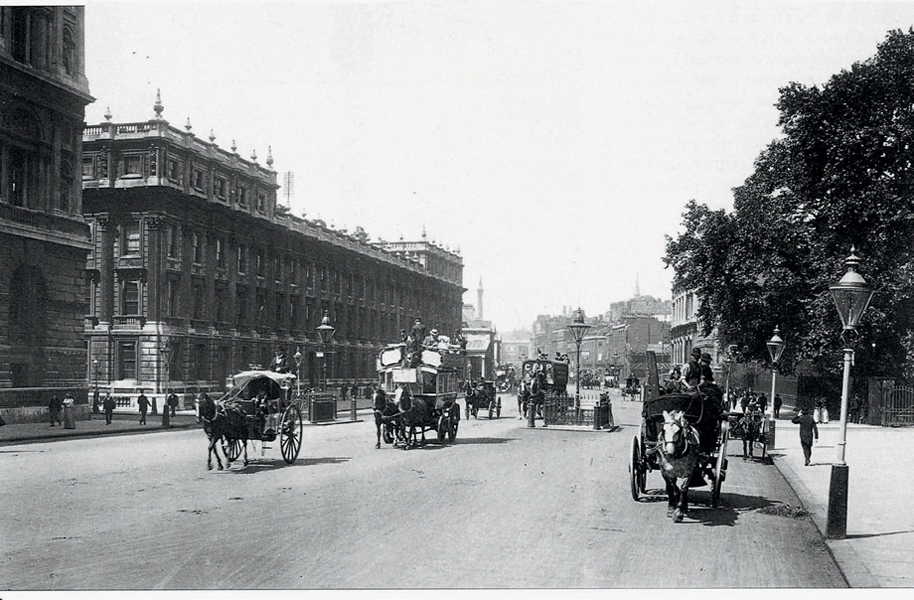 Whitehall, 1901
Whitehall, 1901 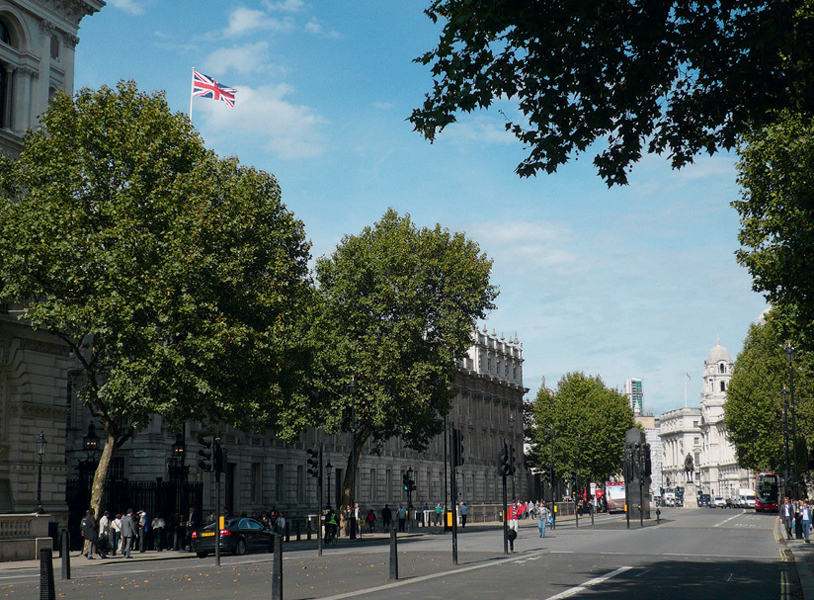
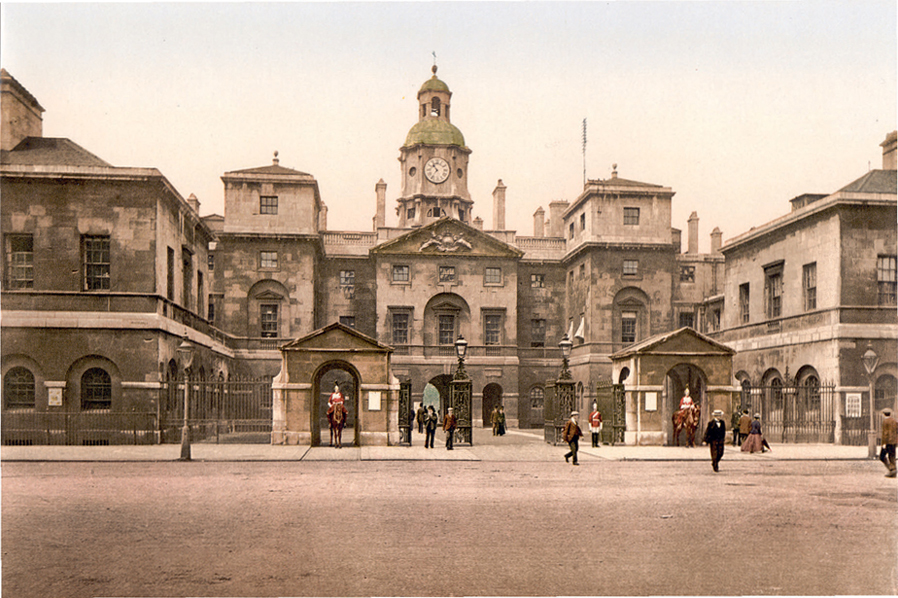 Horse Guards Parade, Whitehall, c. 1895
Horse Guards Parade, Whitehall, c. 1895 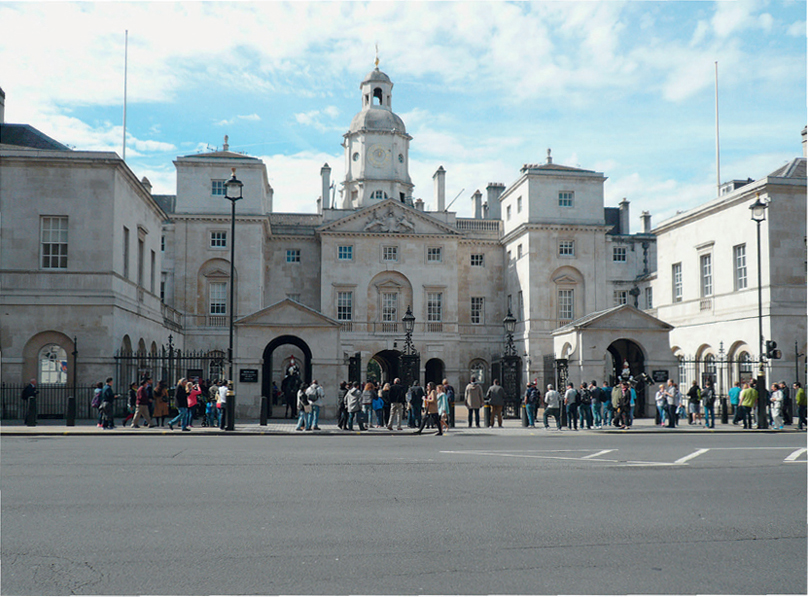 War Office, Whitehall, c. 1865
War Office, Whitehall, c. 1865 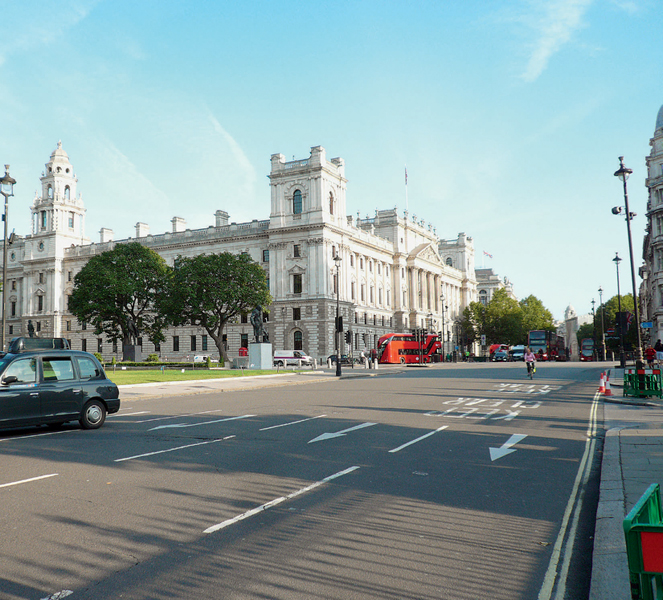
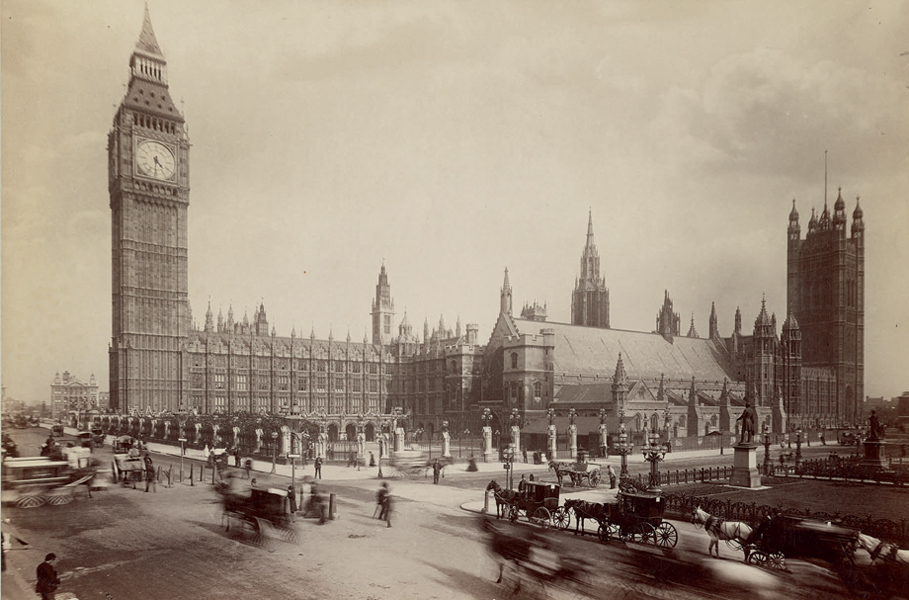

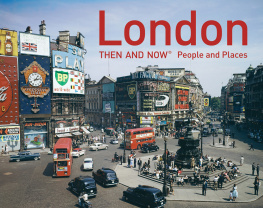
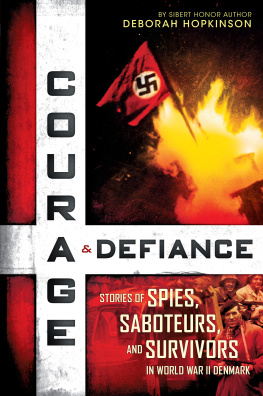
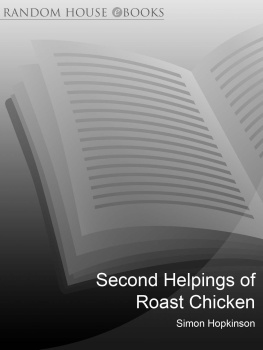






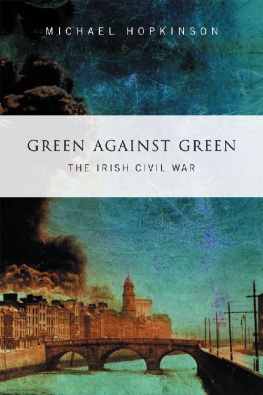

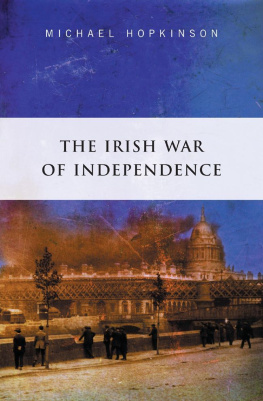


 The west front of Horse Guards Parade, Westminster, c. 1860. A crowd gathers round the Cadiz Memorial, an artillery piece on a pedestal. The process of photographing the book has brought about many discoveries.
The west front of Horse Guards Parade, Westminster, c. 1860. A crowd gathers round the Cadiz Memorial, an artillery piece on a pedestal. The process of photographing the book has brought about many discoveries. Nelsons Column, Trafalgar Square, 1908
Nelsons Column, Trafalgar Square, 1908 

 Trafalgar Square, 1960
Trafalgar Square, 1960 
 Trafalgar Square, 1960
Trafalgar Square, 1960 
 Trafalgar Square looking towards Whitehall, 1948
Trafalgar Square looking towards Whitehall, 1948 
 Whitehall, 1901
Whitehall, 1901 
 Horse Guards Parade, Whitehall, c. 1895
Horse Guards Parade, Whitehall, c. 1895  War Office, Whitehall, c. 1865
War Office, Whitehall, c. 1865 
